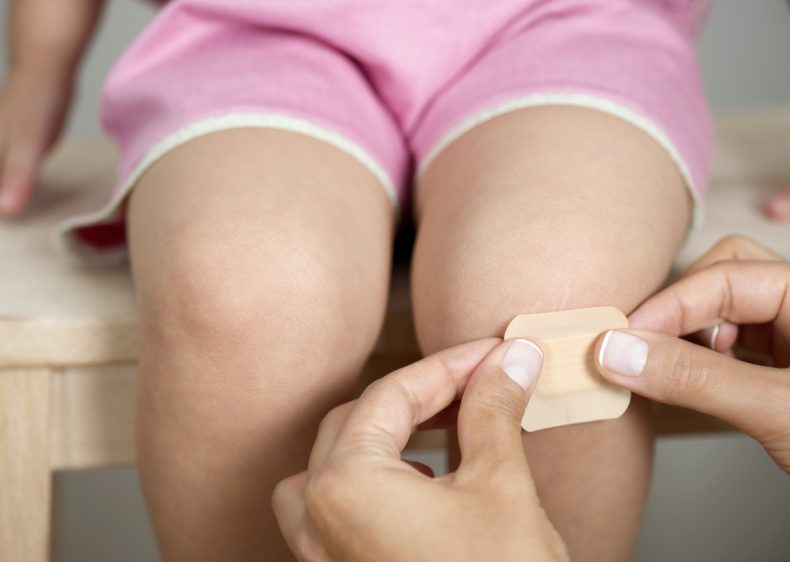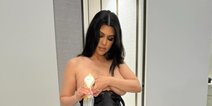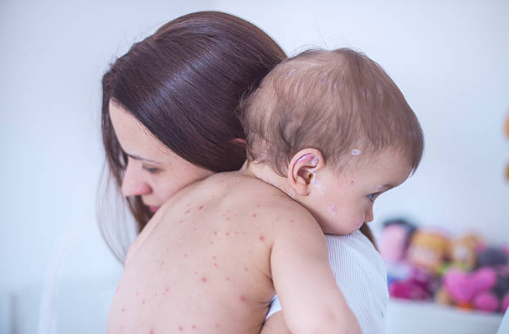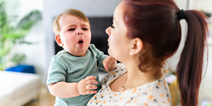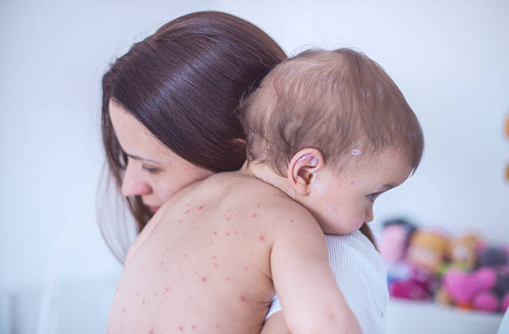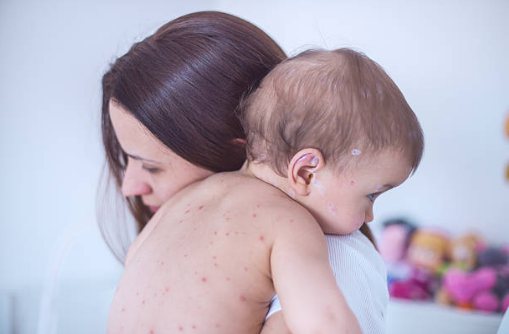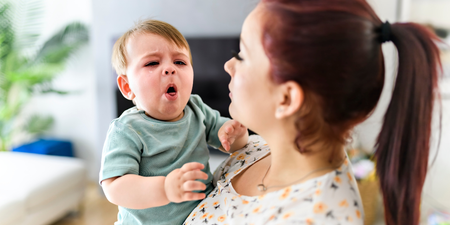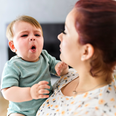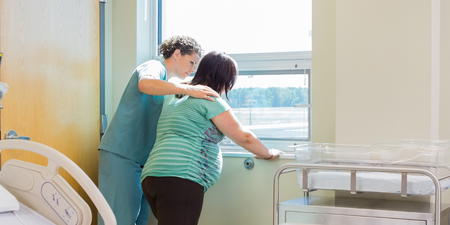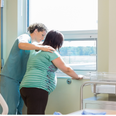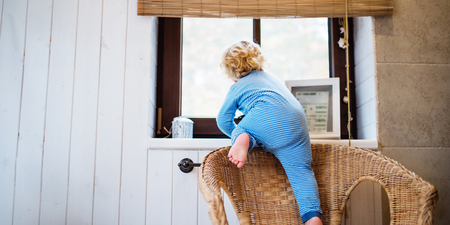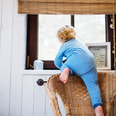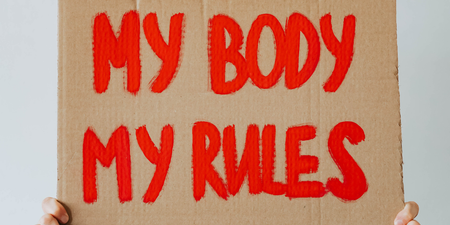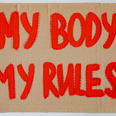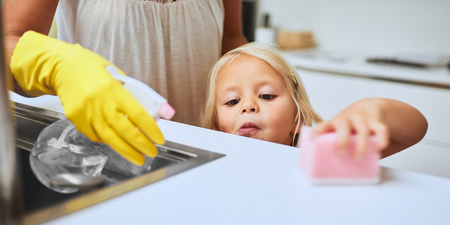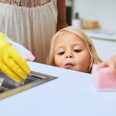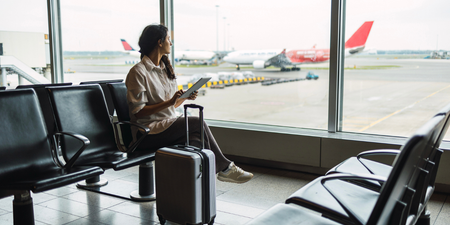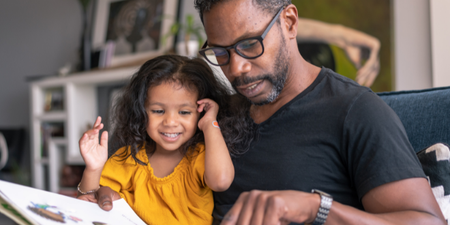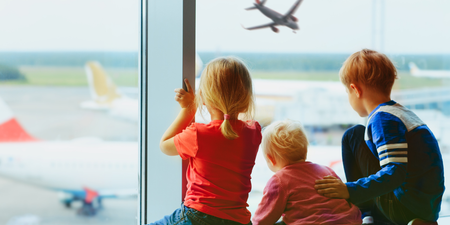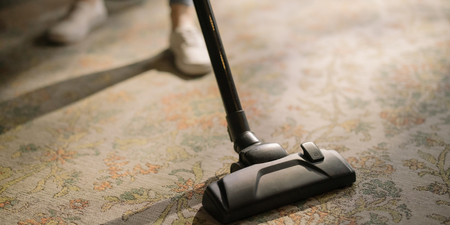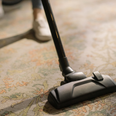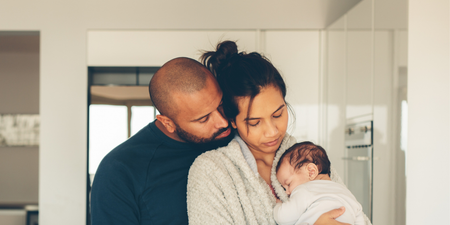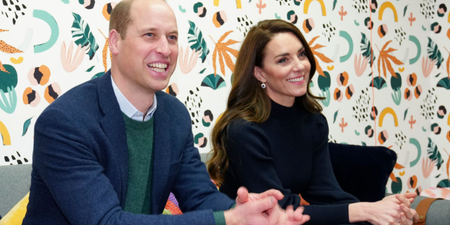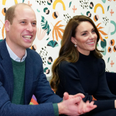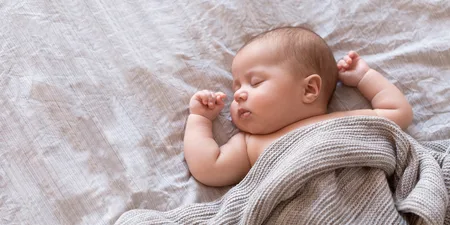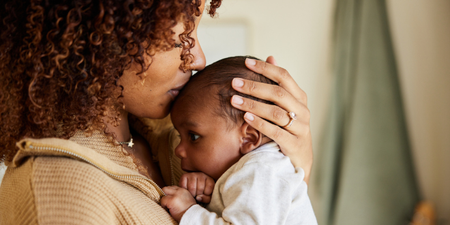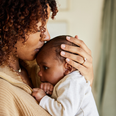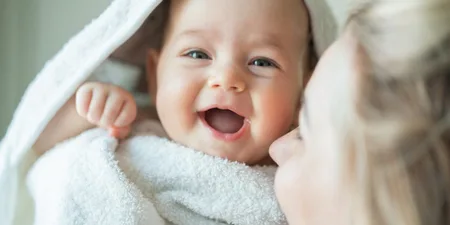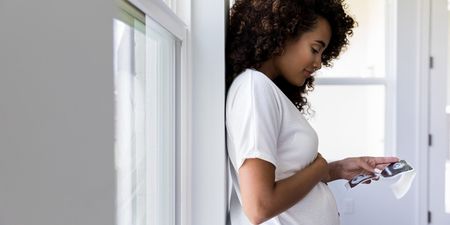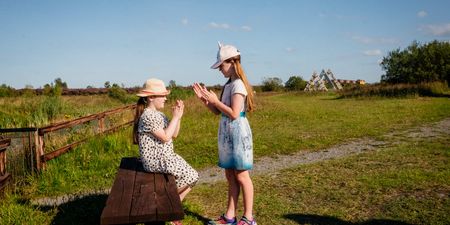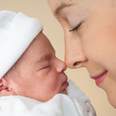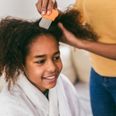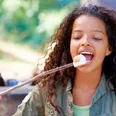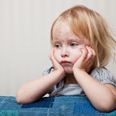Brought to you by Cara Pharmacy.
Accidents are never pleasant – but they do happen.
Seeing our children in distress is probably one of the more challenging elements of being a mum – but how do you differentiate between an everyday knock… and something more serious?
Here are our tips for dealing with seven common mishaps.
1) Head injuries
Small children often bump their heads but a serious bang is not to be dismissed. If the child has hurt their neck, for example, call 999 and do not move them.
If they’re experiencing other symptoms such as headaches, vomiting, confusion, trouble walking, sleepiness and passing out, err on the side of caution and consult a doctor.
If it’s a more straightforward bruise or bump, an ice pack or bag of frozen peas in a tea towel (along with a dose of TLC) will help with the swelling.
2) Choking
If your child is struggling after swallowing food or, for example, a small toy – then firstly encourage them to cough. If you can clearly see what the child is choking on, try to dislodge it with a finger.
Otherwise, stand behind the child to support them and give five blows on their back between the shoulder blades with your hand. If this doesn’t work, place your arms around the child above their belly button and under their ribs and clench one hand in the other. Pull in and upwards sharply five times. If the item hasn’t been dislodged, call emergency services on 999 or 112. Repeat the back blows and thrusts until the object becomes dislodged or until help arrives.
The technique is slightly different for babies under the age of one. Sit down and hold the baby face-down on your knee, supporting the head, chest, and neck. Make sure his or her head is below their body. Give five back blows between the shoulder blades with the heel of your palm. Then turn the baby over and have him or her lying in your lap. Put two fingers in the middle of the breast bone and give five thrusts. If the item hasn’t been dislodged, call emergency services on 999 or 112. Repeat the back blows and thrusts until the object becomes dislodged or until help arrives.
3) Nosebleed
Have the child sit down with their head forward and get them to pinch the end of their nose. Check the flow after 10 minutes and pinch for another 1o if it’s still bleeding. If after that their nose is still bleeding, seek medical attention – your pharmacist is a good first-point-of-call.
4) Burns and scalds
Don’t use ice. Instead, run the burn or scald under cool water for 20 minutes as soon as possible. Keep the rest of the child warm.
Remove clothes and nappies as burnt skin can swell, but do not remove any material that is stuck to the skin; cut around it with a scissors. Do not apply any sticky dressings or greasy creams or lotions.
Burns to the face, hands, or their groin will require immediate medical attention. A burn larger than a €2 coin or any burn on a baby or small child should also be seen to by a professional.
5) Cuts and bleeding
Clean the cut with cold tap water and check to see if there is anything in the wound. To stop it bleeding, apply pressure with a clean cloth. If there is something in the wound, apply light pressure on either side.
Seek medical attention if there is something in the wound, if the bleeding doesn’t stop, if the cut becomes infected or doesn’t heal, or if your child hasn’t been completely vaccinated for tetanus.
6) Poisoning
After taking the poisonous substance away, get your child to spit. Clear their mouth out with your hand but do not make them vomit. Do not give them anything to drink.
Call the Public Poisons Information Line on 01-8092166 between 8am and 10pm seven days a week. Contact a GP or emergency services outside of these hours.
If possible, keep a sample of the poison in its original container to show medical personnel.
If the poison has gotten into the child’s eyes, wash with tap water for 15 minutes before seeking medical attention.
7) Severe allergic reactions
Signs of anaphylaxis include hives, swelling, coughing or trouble breathing, dizziness, nausea and vomiting.
If your child displays any of these signs and anaphylaxis is suspected, call 999 or 112 immediately as he or she will need to be injected with adrenaline as soon as possible.
There may be a need for more than one injection if there is no improvement after the first one.
Brought to you by Cara Pharmacy.
